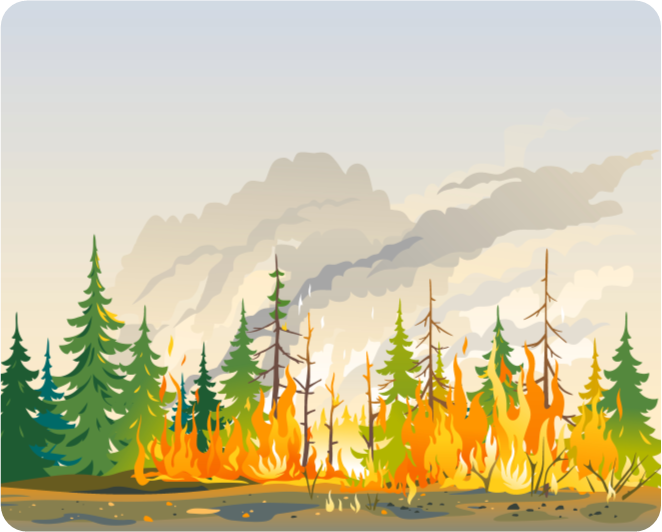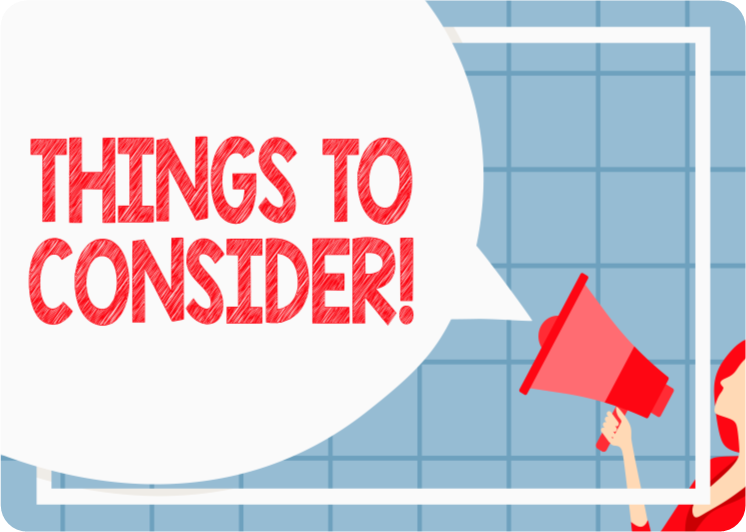At first, just the homeowners in California's wildfire zones got hit. But by the end of 2023, seven of California's twelve most prominent insurers, a massive $12 billion market, either stopped or limited sales of new homeowners policies. Even worse, those seven insurers accounted for 85% of California’s homeowner’s market.
So, what's up with home insurance in California? To understand why this happened and what you can do about it, let's break it down.
California's Home Insurance Crisis
Big insurance companies, including Farmers, State Farm, Allstate, and USAA, are packing up and leaving the California homeowners insurance market. Why?
Escalating Wildfires
One of the main reasons cited by insurers is the state's spike in severe wildfires. In recent years, California experienced some of the most brutal wildfires in the state's history, torching millions of acres and tens of thousands of homes.

Wildfires aren't new in California, but their level of intensity is new. The combined frequency and severity resulted in unprecedented losses for insurance companies.
According to Policy Genius, before 2017, insurance payouts for fires were at most $5 billion annually. But, in 2017, costs hit a whopping $15.4 billion and then $13.6 billion the following year.
Mega-fires are here to stay, thanks to hotter weather, drier times, and longer droughts. But, add in the other contributing factors to fully understand the insurers' actions.
Financial Struggles and State Regulations
Fixing the wildfire damage also got pricier, thanks to increased construction costs caused by rising inflation and pandemic-impacted supply chains. The pandemic created a shortage of construction workers and made building materials more expensive and almost impossible to find.
For perspective, the insurance companies paid $1.85 for every $1 premium earned. Businesses can only continue operating temporarily, with costs exceeding revenue almost 2 to 1.
By law, insurance companies must maintain a level of profitability required by the state and still be able to pay all of their customers' claims. But the losses in California have made this balance impossible to maintain.
The logical answer, and a standard practice in most states, is raising premium rates. The process for doing this is for insurance companies to request a rate increase through a state's insurance department. If the request is approved, they can increase policy premiums.

But unlike other states, insurers face the roadblock of Proposition 103 in California. This law, passed in 1988, originally aimed to protect consumers from significant rate increases, maintaining affordable insurance coverage for all Californians.
Unfortunately, Proposition 103 has negatively impacted insurers' ability to adapt to rapidly changing market conditions, unintentionally harming consumers.
The law requires rate increase requests for wildfire losses to be justified by a look back at average wildfire losses from the past twenty years, diluting the impact of recent history. This requirement blocks insurers from using current technology that simulates future fire models using predictive simulations of the effects of climate change.
Negotiations for long-term regulatory changes in California mean balancing industry and consumer groups with the legislative process. These changes mean allowing insurance companies to react quickly to adverse market conditions while protecting consumers as much as possible.
Moving Forward in California
There's no question the wildfires happening more often in California make home insurance more important than ever. So, making the cost of doing business in the state realistic for insurers is a priority for legislators and the Insurance Commissioner.
In the meantime, there are actions homeowners can take to lower their risk of loss from future wildfires. Start by taking a deep dive into your current insurance policy to understand what's covered and what's not. Contact your insurance agent for a clear explanation of any complex language.

Next, work on fireproofing your home by creating a safe zone around it. Clear out dead plants, leaves, weeds, and anything flammable around the perimeter of your property and under decks. Consider upgrading your roof and exterior with fire-resistant materials.
Make sure to perform regular maintenance checks on your home, fixing areas vulnerable to fire. Stay informed about fire risks in your area via local news and fire department updates.
Get involved with your community's fire safety issues as a whole.
- Consider organizing workshops with local fire officials to share their expertise on fire safety and preparedness tips.
- Encourage planting fire-resistant landscaping communitywide.
- Team up with neighbors to establish a neighborhood watch specifically for fire risks.
These actions won't just keep your homes safer; they may affect insurance costs - and even the ability to get insurance coverage if you live in a high-risk area.
Alternative Fire Insurance
If you can't find regular coverage today, the California FAIR Plan is an option. The FAIR Plan was set up to give all California property owners access to basic fire insurance if they can't get standard coverage.
Here's a breakdown of what it's all about:
- Purpose: Designed to provide basic fire insurance coverage for California residents who can't buy insurance through the regular market. This often applies to homes in high-risk areas, like those prone to wildfires.
- Coverage: Includes basic property insurance covering things like fire, lightning, internal explosion, and smoke. It's more limited than a standard homeowner's insurance policy, which typically covers theft, liability, or other perils.
- Additional Coverage: Homeowners often purchase a separate "Difference in Conditions" (DIC) policy and the FAIR plan. A DIC policy can cover perils not covered by the FAIR Plan, like water damage, theft, or liability.
The FAIR Plan is known as a "pooled risk plan," with multiple insurance companies sharing the risks associated with the policies. Although it's not a state-funded program, it is regulated by the California Department of Insurance.
To get coverage through the FAIR Plan, homeowners must apply for standard coverage. If they get a refusal of coverage, they can go through the FAIR plan application process, which could include a home inspection.

Wrapping Up
The home insurance market in California is in the middle of a significant transition, shaped by natural disasters and regulatory changes. While resolutions to the regulatory issues are negotiated, staying on top of any fire mitigation actions you can make to your property is critical if you're a homeowner.
At the same time, when actively looking for insurance, connect with local agents who know the issues impacting your local area. In a constantly changing state, being proactive, flexible, and well-informed is necessary for dealing with home insurance issues.





.png)


